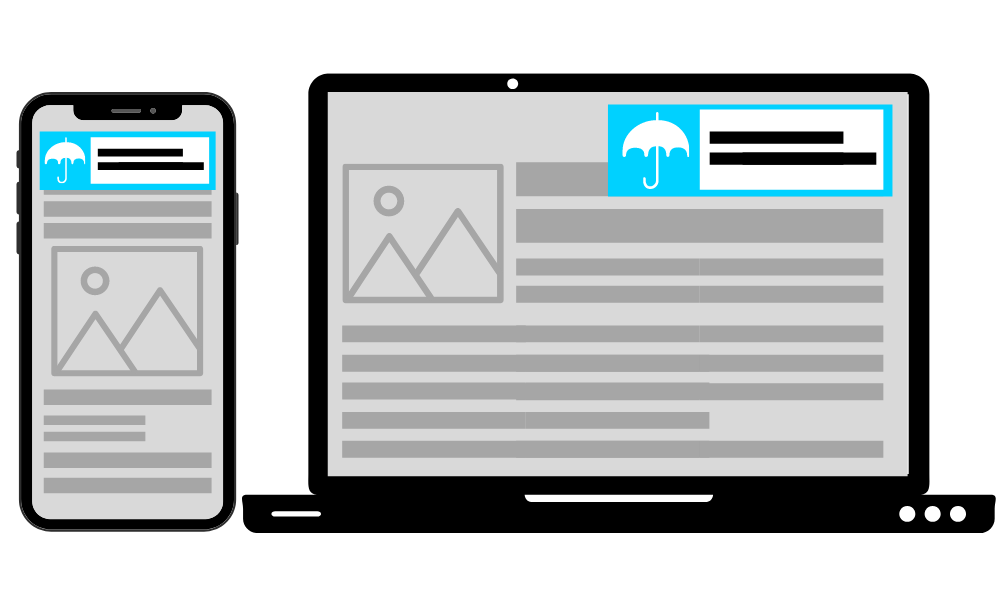The Advertising Battlefield Has Changed
A decade ago, display banners ruled the internet. Then came native ads, video pre-rolls, and pop-ups. Every format had its rise, and every format hit a wall.
Users grew tired. Click-through rates fell. Ad blockers exploded. What was once a goldmine for publishers became a race to the bottom.
But here’s the twist: the problem wasn’t advertising itself. The problem was intrusion. Users never hated ads—they hated how ads invaded their experience.
And that’s why inpage push ads feel like a quiet revolution.
Why Inpage Push Ads Are a Different Species
When you look at inpage push ads, you’re not just seeing another “format.” You’re seeing a fundamentally different philosophy:
- Ads should co-exist with content, not hijack it.
- Engagement should be invited, not forced.
- Monetization should grow without killing loyalty.
Think about it. Banners shout. Pop-ups scream. Autoplay videos demand. But inpage ads? They whisper.
They sit inside the page flow, shaped like familiar notifications. They don’t demand attention but earn it if they’re relevant.
A Publisher’s Dilemma: Monetize or Alienate
For today’s publisher, there’s a brutal paradox:
- Show too many ads → users bounce.
- Show too few ads → revenue dries up.
This is where inpage ads act like a pressure release valve. They allow publishers to monetize more aggressively without appearing aggressive.
That’s a game-changer. Because instead of squeezing the same lemon (banners, affiliates, videos), publishers unlock an entirely new revenue stream that feels natural.
Why Advertisers Are Quietly Flocking to Inpage Ads
If you’ve been tracking ad-tech trends, you’ll notice advertisers are quietly shifting budgets into formats like inpage push.
Why?
Because attention is scarce currency. And attention given willingly is worth 10x more than attention stolen.
An inpage push click signals:
- “I saw this.”
- “It interested me.”
- “I chose to engage.”
That kind of intent is gold. Advertisers know it. Publishers who adopt early get to ride the wave before the market gets crowded.
The Human Psychology Behind Inpage Push Ads
The magic of inpage ads isn’t just in placement—it’s in psychology.
Humans are conditioned to respond to notifications. Whether it’s a phone buzz, a social ping, or a system alert, our brains are wired to notice.
Inpage ads tap into that instinct. They look like what users already trust and act on.
But unlike real push notifications (which require opt-ins and can be blocked), inpage pushes don’t rely on permissions. They’re instant, universal, and scalable.
This blend of familiarity + non-intrusiveness is exactly why they work.
A Future Without Ad Blockers
Here’s a bold prediction: inpage push ads may outlast ad blockers.
Think about it—users block ads because they’re disruptive. But what if the ad format doesn’t feel disruptive in the first place?
Inpage pushes integrate so smoothly with content that they’re harder to hate. Which means they’re harder to block. Which means publishers retain revenue.
This could make inpage ads one of the most sustainable formats in a market where nearly everything else is being shut down.
The Mobile-First Secret Weapon
We live in a mobile-first world. But mobile is hostile to most ad formats. Banners get tiny. Videos eat data. Pop-ups frustrate users.
Inpage push ads are different:
- They adapt perfectly to small screens.
- They resemble native mobile alerts.
- They don’t slow down browsing.
That means they’re not just “good for mobile”—they’re built for mobile. And since mobile traffic dominates, inpage ads aren’t just an option—they’re survival.
Case for Publishers: Why You Can’t Ignore Inpage Ads
If you’re a publisher today, here’s the hard truth:
- Display ads are shrinking in value.
- Affiliates are volatile.
- Sponsored posts are seasonal.
But inpage push ads? They’re scalable, stable, and future-proof.
They don’t replace your existing monetization—they multiply it. They don’t alienate your users—they adapt to them.
The longer you wait to adopt them, the more ground you lose to competitors already earning from them.
The Evolution of Trust in Advertising
The biggest untold story in ad-tech is trust.
For years, trust between users and advertisers has eroded. Pop-ups, fake “X” buttons, clickbait banners—they all poisoned the well.
Inpage push ads represent a step toward rebuilding that trust. They offer clarity, choice, and familiarity.
In a sense, they don’t just monetize traffic—they repair relationships between publishers, advertisers, and audiences.
Final Thought: The Revolution Won’t Be Televised—It’ll Be Inpage
The future of online advertising won’t be dominated by who shouts the loudest. It will belong to those who can slip into the user journey quietly, respectfully, and effectively.
That’s exactly what inpage push ads are doing.
They’re not flashy. They’re not noisy. They’re not desperate.
They’re smart, subtle, and effective.
And in a digital world where trust, attention, and revenue are all under attack, that subtlety might just be the most radical revolution of all.


